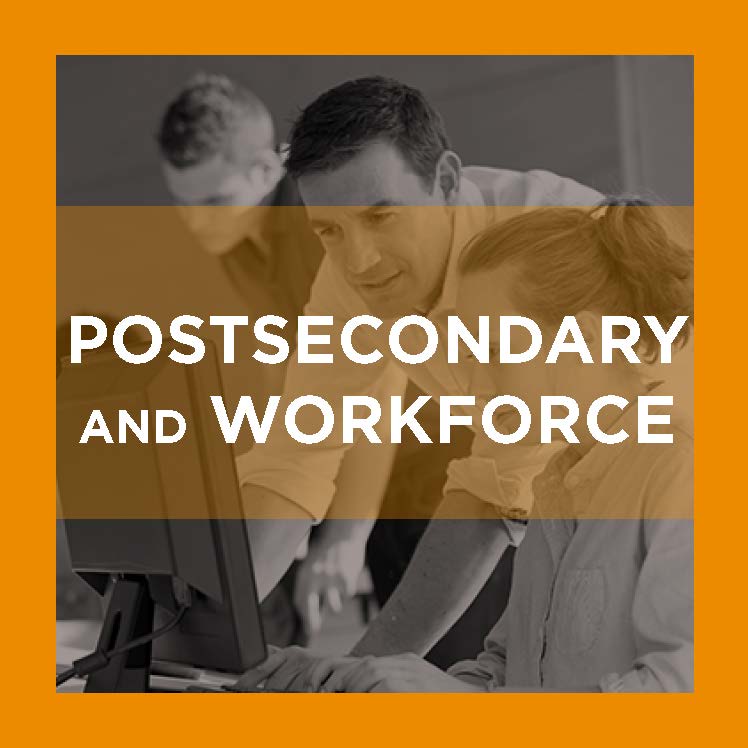As we all know, many states continue to push for increased attainment rates aligned with state workforce needs. In the quest to increase attainment, many states began focusing on the near-completer population to help adults return to higher education for credential completion. However, this population proves to be difficult to reach and comes with barriers to returning including financial roadblocks, full-time work schedules and campus accessibility. In response to these barriers, some states introduced policies and programs to ease the transition back to higher education and increase accessibility for this student population. A few state examples include Indiana, Mississippi and Tennessee.
In 2015, the Indiana General Assembly enacted Act 1001 and SEA 509 which created the Return and Complete project and expanded part-time financial aid programs to meet the needs of returning adults. The Indiana Commission for Higher Education then launched the You Can. Go Back campaign aimed to help the 750,000+ adults with some college but no degree finish a credential. The campaign incorporated multiple avenues to reach near-completers including direct mail, email, phone calls and additional promotional materials. A college match website allows students to identify the best institution and program for them to return and finish their degree. They are matched per their desired field of study, degree, learning style and travel distance. Campuses now offer incentives for returning adults including flexible/online class schedules, course credit for work or military experience and grade-/debt-forgiveness.
Mississippi launched the Complete 2 Compete program in 2016 to reach out to former students who earned some credits but did not complete a degree. The state estimates there are around 300,000 adults who have some credit but no degree or credential. The Mississippi Institutions of Higher Learning and the Mississippi Community College Board partnered to identify student target groups, implement adult learner services and re-engage adult students. Initially the program identified former students who attended public institutions in the past 15 years. Preliminary numbers show there are more than 67,000 former students needing no additional coursework. Depending on the circumstances, this group of students could be awarded a degree with minimal effort (meaning financial barriers removed of course). The student groups are broken down as follows:
- Associates degree with no additional coursework: 57,312.
- Bachelor’s degree with no additional coursework: 10,360.
- Associates degree with some additional coursework: 189,145.
- Bachelor’s degree with some additional coursework: 20,242.
This year, Tennessee Gov. Haslam pushed for the expansion of last-dollar scholarships for adult students to attend a community college tuition-free; a move sure to impact the near-completer population and in line with Education Commission of the States recommendation to consider focusing free community college policy on adults. The legislature introduced the Tennessee Reconnect Act in response to the governor’s call and to continue the work of the Drive to 55 initiative. State leaders understand that focusing on high school graduates alone does not reach the attainment goal. With more than 900,000 adults in the state who earned some college but no degree, the governor and legislature acted to expand adult financial support in postsecondary education. The Tennessee Reconnect Act builds on previous higher education funding sources including the Tennessee Promise and the TCAT Reconnect scholarship.
So what can we learn from these state examples and how do states continue momentum with this high-risk student population? Each of these states prioritized students with some college but no degree with the understanding states cannot reach their ambitious attainment goals without them. Creating a campaign with specific outreach strategies informs previous students of the opportunities available to them in the state. Policies and initiatives need financial supports as well as institutional buy-in to successfully coordinate outreach and re-entry efforts. As the years roll by and we creep-up on self-imposed deadlines for hitting attainment targets, states should continue to invest in this population and coordinate efforts to help near-completers earn a postsecondary credential.










